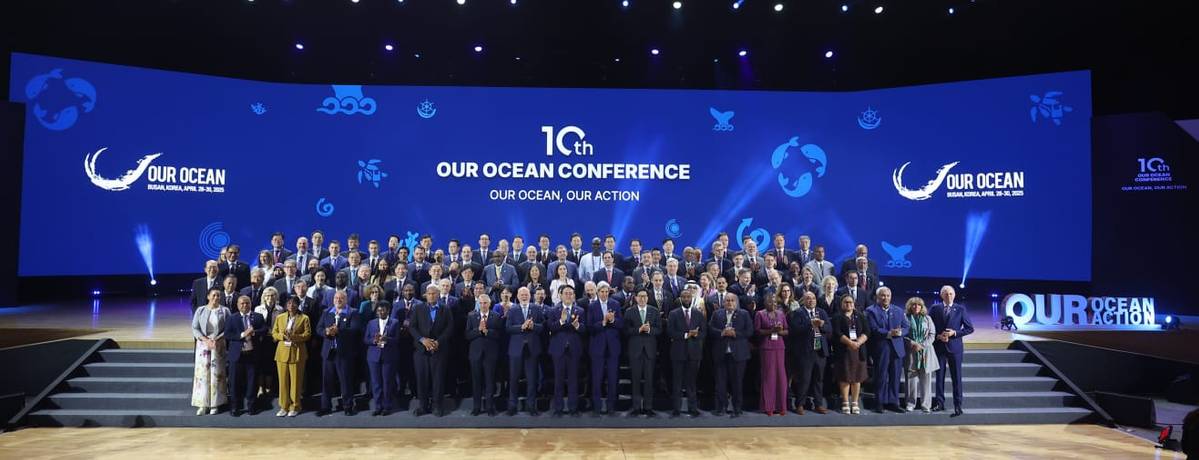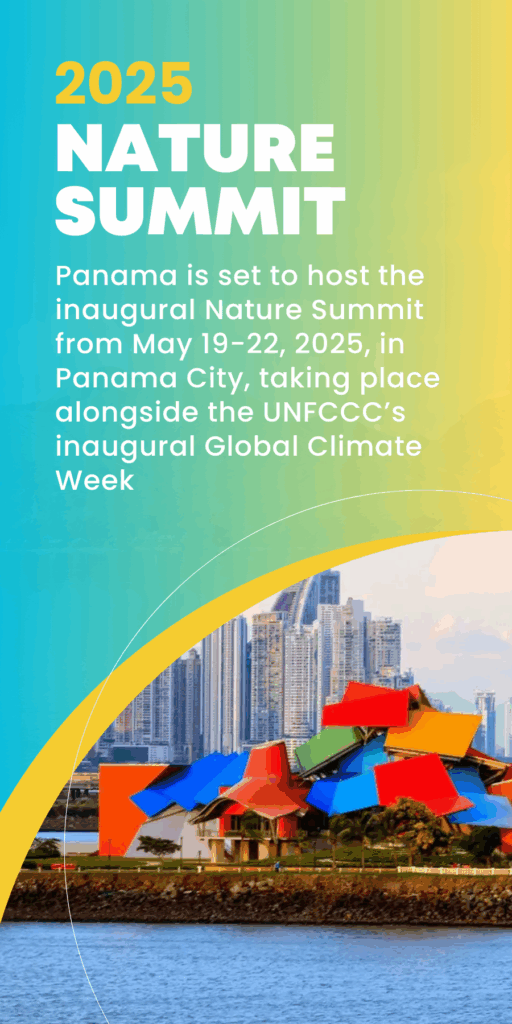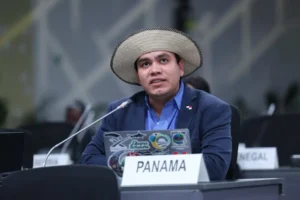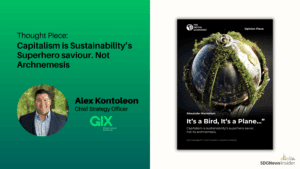Key Impact Points:
- Developing countries secured a historic $300 billion annual climate finance commitment, triple the previous pledge, despite falling short of the $1 trillion requested.
- COP29 negotiations in Azerbaijan faced near-collapse with walkouts and a heated impasse, but last-minute efforts salvaged an agreement.
- The agreement faces criticism for reliance on loans, inflationary risks, and accounting controversies, highlighting the challenge of achieving the Paris Agreement’s 1.5°C goal.
A High-Stakes COP29 Drama
Negotiations at COP29 in Azerbaijan teetered on the brink of collapse as tensions boiled over during closed-door talks. Food shortages and rising frustrations pushed representatives of the most vulnerable nations, including island states, to walk out of discussions.
While brinkmanship is common at COP summits, this standoff marked one of the most precarious moments in its history. A rare failure of the main negotiating track loomed, with vulnerable nations accusing wealthier countries of sidelining their needs.
A Fragile Deal Amid Global Turbulence
Despite a tense Saturday, a final effort to salvage the summit succeeded. Diplomats hammered out a framework in a second-floor room, delivering a promise of $300 billion annually in climate finance—a tripling of the prior $100 billion pledge.
EU climate chief Wopke Hoekstra acknowledged the challenges: “I don’t think there is any party who would say they got all that they wanted here, and yet I do think it is an important step forward in the end for all of us.”
Change the World - Subscribe Now
However, criticism quickly surfaced. India’s negotiator, Chandni Raina, called the deal an “optical illusion,” pointing to loopholes in financing definitions and inflationary risks that undermine its real value.
“Most money goes to developing countries in the form of loans, rather than grants, rendering it unattractive or downright unusable for indebted nations.”
Progress or Illusion?
While the $300 billion pledge is the largest in COP history, it falls far short of the estimated $1 trillion per year needed to meet global climate goals. The agreement also faces scrutiny for its reliance on loans and its failure to account for inflation.
Still, the COP29 outcome demonstrates that global climate diplomacy, though fraught, can yield incremental progress under difficult circumstances. As Hoekstra reflected, it was a moment of unity amidst geopolitical tension.
Related Article: COP29: Environment Takes Centre Stage












